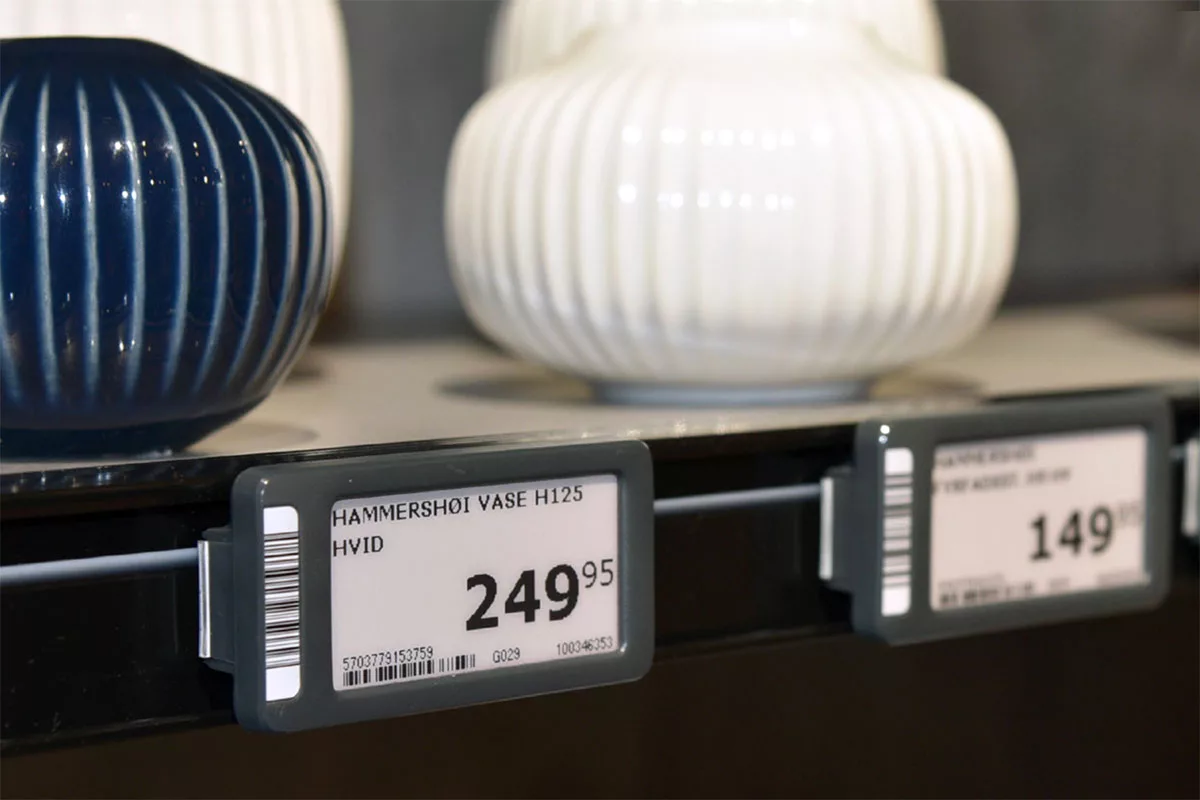
29 Apr The Future of Omnichannel Retailing – Trends, Benefits & What’s Next
Omnichannel retailing is the backbone of how people shop today. No matter if it’s grabbing something online, swinging by the store for pickup, or chatting with customer service through an app. These days, shoppers expect a consistent, connected experience across the board – that’s exactly what omnichannel retailing allows for. And if they don’t get it, there’s a good chance they won’t be back.
In the U.S., retailers have spent the past few years playing catch-up to this omnichannel demand. Now, businesses are looking ahead – trying to figure out what comes next and how to stay relevant in a space that never stops shifting.
Omnichannel Retailing Right Now
So where are we in 2025? A recent PwC report found that more than 80% of American consumers want a seamless experience between online and physical channels. And more than half are more likely to become repeat customers when that’s delivered well.
That means retailers need more than just multiple sales channels – they need an integrated approach that connects data, customer touchpoints and fulfillment in a way that feels effortless to the shopper. The entire journey—from discovery to delivery—needs to be cohesive.
Major Trends Shaping the Future of Omnichannel Retailing
Here’s what retailers are investing in right now and what’s shaping the next chapter.
Personalization
Today’s personalization goes way beyond product suggestions. With AI, brands are delivering dynamic pricing, hyper-targeted promotions and even personalized in-store experiences. When done right, it feels more like a personal shopper and less like an algorithm.
Fully Integrated Tech Stacks
Retailers are moving away from patchwork systems and leaning into unified platforms that pull together inventory, sales, customer service and loyalty. That kind of visibility across the business is key to delivering smoother, faster service.
Electronic Shelf Labels (ESLs)
Electronic Shelf Labels (ESLs) are rapidly gaining traction as retailers look for ways to streamline operations and enhance in-store agility. These digital price tags automatically sync with a store’s inventory and pricing systems, allowing for real-time updates across thousands of products. Beyond pricing, ESLs can display product info, stock levels, promotions, or QR codes that connect shoppers to online reviews or how-to videos.
As part of the broader omnichannel strategy, ESLs help bridge the digital-physical divide, making brick-and-mortar stores more dynamic, responsive and aligned with what customers see online. For retailers focused on speed, accuracy and better customer experience, ESLs are becoming a must-have.
BOPIS & Flexible Pickup Options
Buy online, pick up in store (BOPIS) is now very popular. In fact, over 50% of American retailers offer BOPIS, and many are seeing higher cart values when customers come in to collect their orders.
AR, VR & Interactive Experiences
Augmented and virtual reality tools are helping bridge the touch-and-feel gap of online shopping. From virtual fitting rooms to furniture previews in your living room, immersive tech is giving shoppers more confidence to buy.
Predictive Analytics
With smarter data tools, retailers can now anticipate what customers want before they even start browsing. It’s helping with everything from targeted promotions to more accurate inventory forecasting.
The Benefits of Omnichannel Retailing
Let’s break down why investing in omnichannel pays off in a big way.
Stronger Customer Loyalty
Shoppers who interact with a brand across multiple touchpoints tend to spend more and stick around longer.
Smarter Business Decisions
When data flows through one system, it’s easier to analyze what’s working (and what’s not), and then act on it.
Better Inventory Management
Unified systems help reduce overselling, minimize returns and speed up delivery windows.
Higher Conversions
When the shopping experience is easy and consistent, customers are far more likely to complete their purchase.
More Efficient Teams
Staff aren’t juggling multiple platforms or fixing errors – they’re focused on helping customers and moving products.
What’s Ahead for Omnichannel Retail?
Looking ahead, the future of omnichannel retailing is all about flexibility, speed and customer-first thinking. Here’s a peek at what’s expected to come next.
Mobile as the First Touchpoint
With nearly 60% of ecommerce purchases happening on mobile, more brands are optimizing their apps and mobile sites to serve as the primary customer entry point.
Rise of Retail Media
Big-name retailers are turning their websites and apps into media platforms. Offering ad space and product placement to suppliers and partners. It’s a whole new revenue stream.
Voice & AI Assistants
Voice shopping hasn’t exploded yet, but it’s gaining traction. More shoppers are asking Alexa or Siri to help reorder household items or check delivery status.
Same-Day Everything
Fulfillment expectations keep shrinking. Between same-day delivery, curbside pickup and even third-party lockers, customers want options. And they want them fast.
Evolved Loyalty Programs
Loyalty is less about points and more about personalization. App-exclusive offers, early access to new products and VIP experiences are quickly becoming the new norm.
How Retailers Can Stay Ahead
You don’t have to overhaul your business overnight, but you do need a plan. Start by:
- Mapping out your full customer journey.
- Identifying where channels feel disconnected.
- Investing in tools that bring your systems and teams together.
- Training staff to think cross-channel, not just by department.
- Testing changes in small ways – then scaling what works.
Small tweaks can go a long way in improving how customers experience your brand. And once you start seeing results, the momentum tends to build on itself.
Wrapping Up
The future of omnichannel retailing isn’t some far-off vision. It’s happening now and it’s being shaped by how well retailers respond to what their customers already want. Consumers want speed, personalization and consistency. Brands that get this will lead ahead over the coming years.

